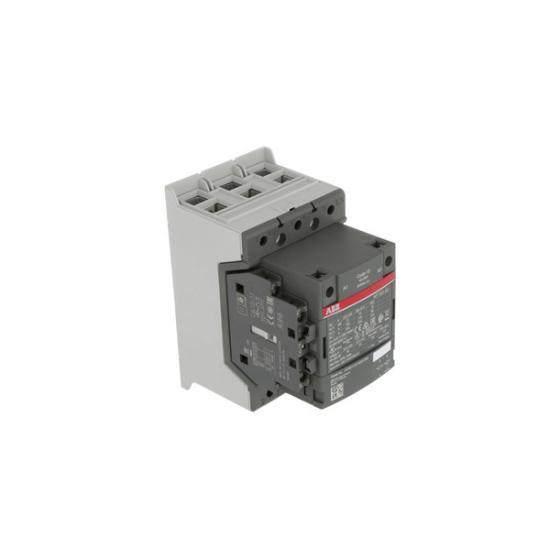The ABB AF140-30-11-13 Contactor is a high-performance, reliable component designed for industrial automation systems, ensuring precise control and efficient operation.
The ABB AF140-30-11-13 Contactor is a high-performance, reliable component designed for industrial automation systems, ensuring precise control and efficient operation.
 WhatsApp
WhatsApp
Rating Voltage:380 VAC
Current Rating:40A
Contact Rating:30A
Inrush Current Rating:200A
Operating Life:100,000 cycles
Switching Speed:≤1 ms
Insulation Resistance:≥10 MΩ @ 500 VDC
Environmental Temperature Range:-20°C to +60°C
The ABB AF140-30-11-13 Contactor is engineered to meet the stringent demands of modern industrial environments, featuring a robust design that ensures long-lasting reliability and efficient operation. Its compact size and lightweight construction facilitate easy installation and integration into various control panels and systems.
With its advanced insulation class (H), the ABB AF140-30-11-13 can withstand high temperatures without compromising performance, making it suitable for use in harsh industrial conditions. This component boasts a high current rating, enabling it to handle demanding loads in heavy-duty applications.
The contact rating of this Contactor allows for versatile usage across different types of circuits, providing users with a flexible solution for managing electrical loads. Its single coil relay type simplifies circuit control, reducing complexity and potential errors in system design.
In terms of safety and protection, the ABB AF140-30-11-13 is equipped with an IP20 protection class, which safeguards against dust and splashes of water, ensuring it operates safely in various industrial settings. This feature is crucial for maintaining system integrity and preventing unexpected downtimes due to environmental factors.
Furthermore, the ABB AF140-30-11-13 Contactor is compatible with a wide range of control systems, thanks to its standard interface and industry-standard protocols. This compatibility facilitates seamless integration into existing automation infrastructures, enhancing operational efficiency and reducing the need for costly system upgrades.
